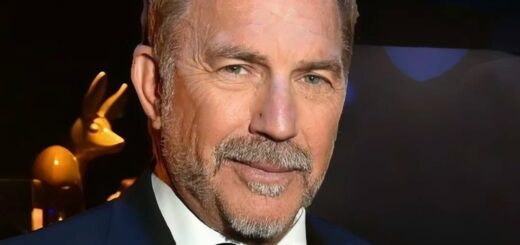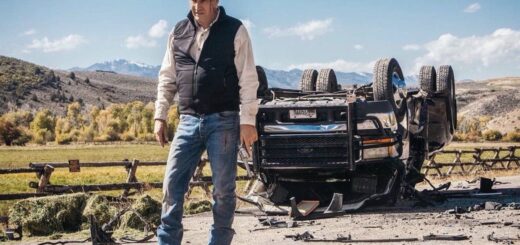“Kevin Costner’s Western Return”
Kevin Costner, nearing seventy, remains the epitome of “ruggedly handsome.” His distinctive squint into the horizon is a trademark of his film persona. With Oscars and Golden Globes in his trophy case, and a recent acclaimed stint as the rancher-patriarch in “Yellowstone,” Costner is a stalwart of the Western genre. For over thirty years, he has been developing a grand Western saga titled “Horizon: An American Saga.” Despite numerous meetings with Hollywood executives, Costner found that the funding he required to realize his ambitious vision was elusive. Undeterred, he decided to invest his own fortune. The initial “chapter” of this monumental project, now in theaters, has cost him over fifty million dollars.
Costner’s approach is not unique in film history. Icons like Charlie Chaplin with “The Great Dictator,” D. W. Griffith with “Intolerance,” and Orson Welles with “Othello” have all financed their own projects. More recently, Francis Ford Coppola, renowned for his “Godfather” series, invested heavily from his wine business into “Megalopolis.” Coppola’s critique of modern studio executives—that their focus is on financial returns rather than the quality of films—echoes the struggles Costner faces.
Recently, Costner visited the studio at One World Trade Center to discuss “Horizon” for The New Yorker Radio Hour. Arriving with a considerable entourage and showing signs of stress—likely due to financial stakes, media scrutiny, and less-than-favorable early reviews—Costner seemed on edge. Critics have been mixed; Nicholas Barber of the BBC described the film as “disorganized” and “dull,” a sentiment that resonates with Pauline Kael’s harsh critique of Costner’s “Dances with Wolves” years earlier.
Costner reflected on his journey, tracing back to 1988 when he first envisioned a Western called “Sidewinder.” Despite initial enthusiasm, the project didn’t materialize due to lack of industry support. Over time, Costner reworked his ideas into the four-part “Horizon,” aiming to offer a fresh perspective on the origins of American towns and their impact on Indigenous peoples.
When asked about Hollywood’s reception of his ideas, Costner compared his experience to that of “Dances with Wolves,” revealing a pattern of industry resistance. Despite the rise of streaming services with deeper pockets, they too found “Horizon” too costly. Costner chose to self-finance, driven by a personal commitment to bring his vision to life.
Costner’s family has witnessed his willingness to risk significant sums on his projects. His approach is guided by the desire to control the film’s legacy and ensure that its revenues are not lost in complex accounting. Although age might limit the roles he can take on, Costner remains passionate about creating meaningful work that resonates with audiences.
On the portrayal of Native characters in “Horizon,” Costner emphasizes authenticity and respect, aiming to depict them as complex individuals affected by the encroaching settlers, rather than mere background figures.
Discussing the debt he feels to Indigenous peoples, Costner reflects on the historical injustices and aims to portray their dignity in his films. His focus is on creating characters with depth and nuance, rather than making overt political statements.
As for his involvement in Hollywood politics, Costner’s stance is pragmatic. He has supported various political figures but prefers to keep his personal political preferences private, emphasizing the importance of voting and civic engagement.
When not immersed in filmmaking, Costner enjoys a more grounded life at home, engaging in family activities and hobbies such as spearfishing and hunting. Despite his high-profile career, he values these simpler, personal moments, particularly as a single father.
Costner’s journey with “Horizon” exemplifies the challenges and sacrifices involved in pursuing a grand cinematic vision, driven by a deep personal commitment and a passion for storytelling.


